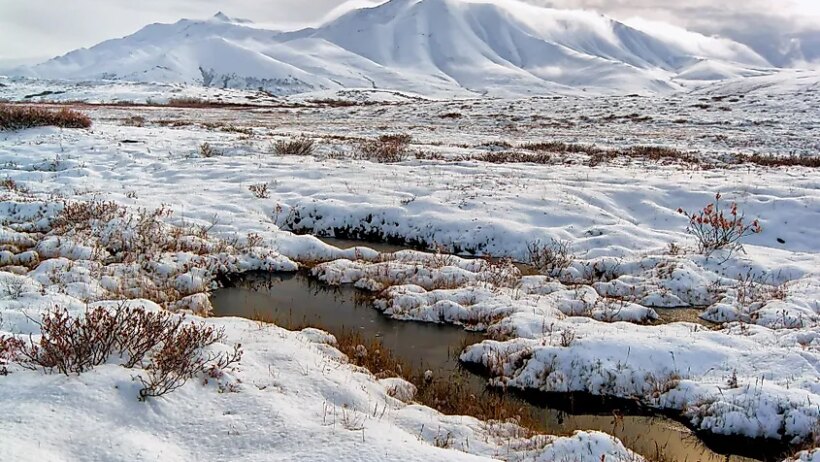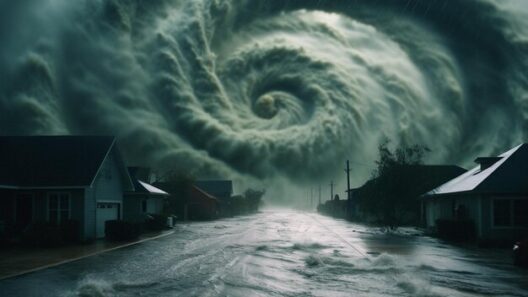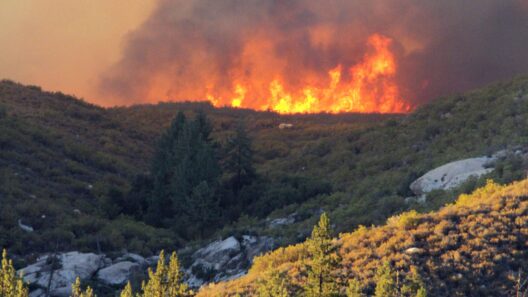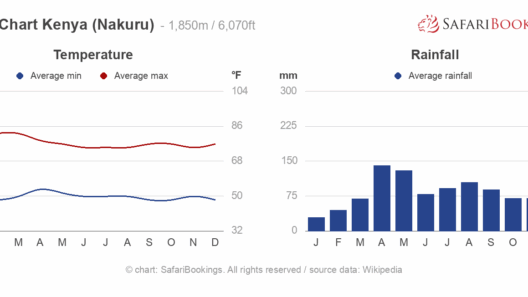When the chill of winter grips much of the northern hemisphere, have you ever wondered what life is like in the tundra? This enigmatic ecosystem, characterized by its frigid temperatures and stark landscapes, beckons deeper exploration. The tundra is not just a dreamscape of snow and ice; it is a critical biome teeming with life, albeit in a manner that seems remarkably at odds with the conditions that prevail. So, what is the climate in Earth’s coldest ecosystems, and how do they challenge our conventional understanding of flourishing life?
The tundra primarily exists within the polar regions, notably in the Arctic and Antarctic. Its climate is typified by long, harsh winters and brief, cool summers, a paradox that raises the question: How can organisms not only survive but thrive in such an inhospitable environment? To understand this phenomenon, one must first delve into the climatic characteristics of the tundra.
The temperature in tundra regions usually hovers below zero for most of the year, with average winter temperatures ranging from -30°C to -50°C (-22°F to -58°F). Despite such bitter cold, the summer months—the brief period of warmth—can see temperatures rise to 10°C (50°F). This short growing season is a defining characteristic of the tundra climate, creating an intriguing tapestry of survival strategies among its inhabitants.
Precipitation in the tundra is minimal, typically falling as snow. This results in a water-deficient environment, where the underlying permafrost—a layer of permanently frozen soil—profoundly affects the biodiversity of the ecosystem. The permafrost limits root depth for plants, stifling large vegetation growth and resulting in a landscape dominated by low-lying flora like mosses, lichens, and small shrubs. Herein lies a conundrum: How do these resilient organisms adapt to thrive in such stark conditions?
The adapted flora of the tundra showcase remarkable evolutionary innovations. Terrain that seems barren at first glance is actually a complex microhabitat. The presence of dark-colored pigments in tundra vegetation aids in absorbing sunlight, while the compact growth forms minimize exposure to fierce winds. These plant adaptations illustrate not mere survival, but a tenacity that challenges our anthropocentric view of life’s tenacity.
Let’s pivot to the animal kingdom, an assemblage of adaptations that further defies our understanding. The fauna of the tundra includes diverse species, including caribou, Arctic foxes, and migratory birds. These organisms exhibit fascinating survival strategies. For instance, many mammals undergo a seasonal metamorphosis, developing thicker coats of fur for insulation during the punishing winters. Others, like the Arctic hare, sport strategic coloration that camouflages them against predators in the ice-strewn landscape.
Winter adaptations extend beyond physical traits. Social structures often shift dramatically in response to climatic pressures. During the summer, migratory birds re-colonize these regions, darting through the sky in search of abundant insect life. Their arrival signifies the dramatic ecological interplay driven by climate, revealing the intimate connection between life and the ever-changing atmospheric conditions of the tundra.
Yet, as climate change gains momentum, tundra ecosystems find themselves at a precarious crossroads. Warmer temperatures have instigated permafrost thawing, releasing significant quantities of greenhouse gases that threaten to exacerbate global warming. Additionally, species that once thrived are now facing existential threats, forcing organisms to alter habitats or face extinction. Are we prepared to address this challenge, or will we witness the gradual dissolution of one of Earth’s most resilient yet fragile ecosystems?
In light of these developments, a critical dialogue must emerge. Environmental stewardship has never been more vital. The fate of the tundra extends beyond its geographic confines, aiming at the heart of global ecological health. Protecting these ecosystems requires concerted efforts to mitigate climate change impacts through sustainable practices, habitat preservation, and recognition of indigenous knowledge. One does not need to be an environmental scientist to appreciate the imperative of our stewardship in relation to these Arctic realms.
Ultimately, the climate of the tundra is not merely an external phenomenon. It serves as a litmus test for our collective environmental ethos. The intricate balance between life and climate, showcased through this polar biome, offers a poignant mirror reflecting our world’s vulnerabilities. As we contemplate the future of these cold ecosystems, we are confronted with an imperative: the urgency to engage in responsible action that transcends mere awareness. The delicate symbiosis of life in the tundra exemplifies resilience; it is a testament to how life can adapt, adjust, and endure. Will we rise to the occasion and protect these thriving ecosystems from the throes of change, or will we let them diminish into memory?
The tundra stands as a paradox where life relentlessly battles against the odds. It deserves our respect, our curiosity, and, most importantly, our commitment to safeguarding these vital ecosystems for generations to come. The challenge of preserving the tundra compels us to engage with the very ideas of sustainability and responsibility. Yes, cold climates can harbor life, but their survival now hinges on our awareness and action.








